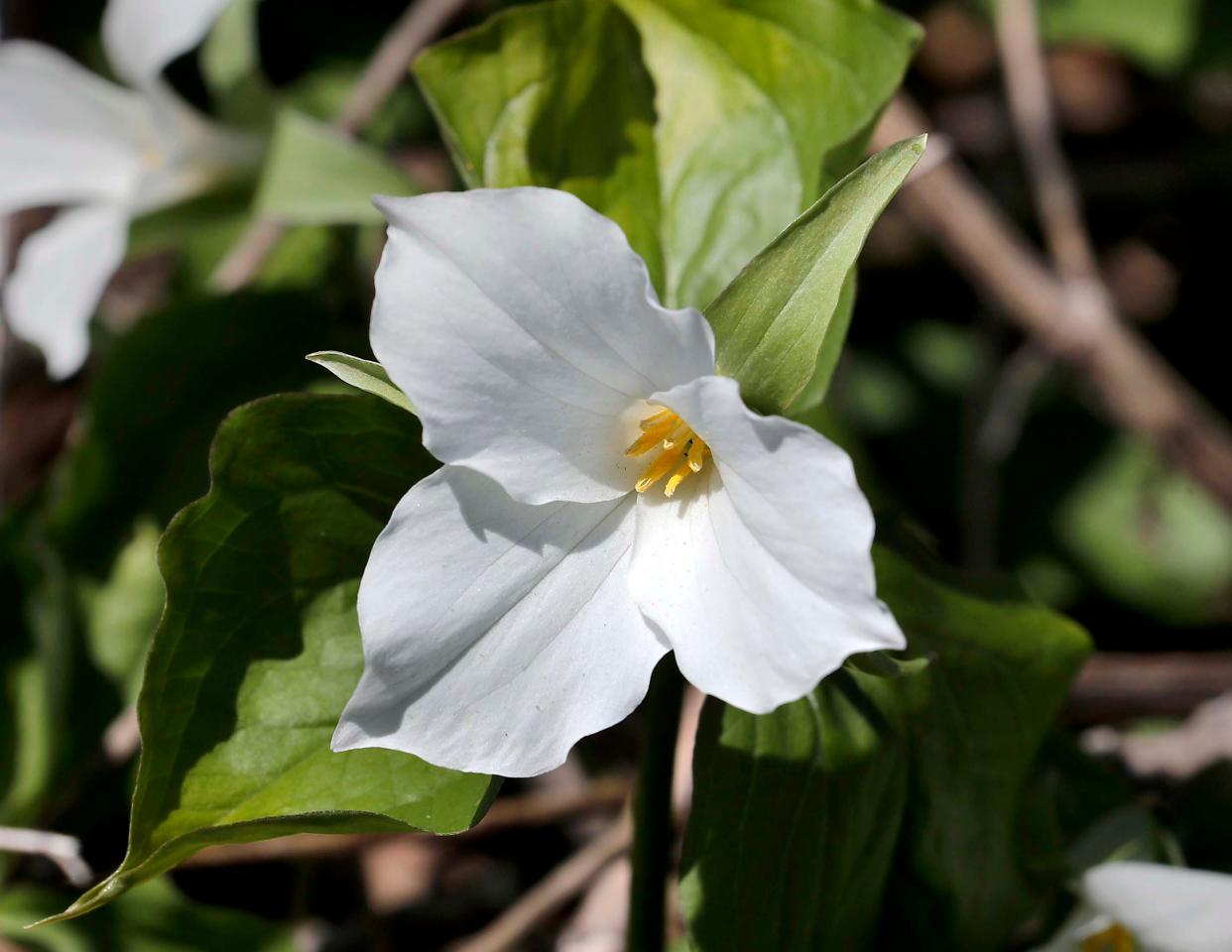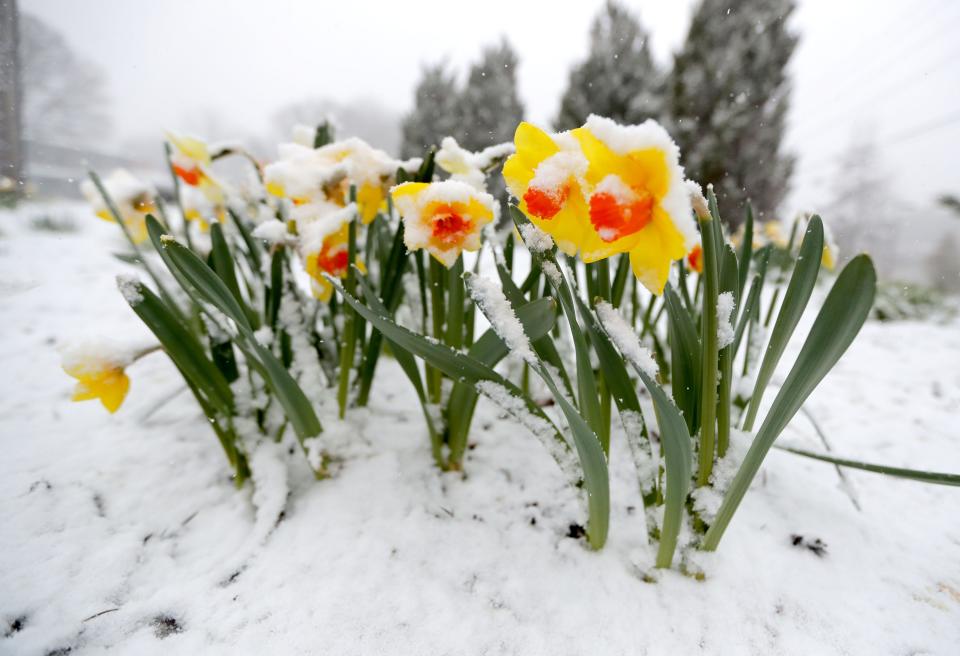Snow and freezing temps are back in the forecast for Milwaukee. Here's how to protect your plants

It's the start of spring, but it looks like winter is trying to stick around. Milwaukeeans can expect four to eight inches of snow late Thursday night into Friday, according to the National Weather Service.
Some Wisconsinites may have already started prepping for springtime planting, especially during a spike in warmer weather earlier this winter. But now, those plants are at risk of damage during snowy and freezing temperatures.
Here's what you can do to protect them:
Will snow and freezing temperatures damage daffodils?

With mild winter temps, daffodils have already bloomed in many parts of Wisconsin. Despite temperatures dropping back down below freezing, most spring bulbs can tolerate a light freeze of lows in the 30s to upper 20s and do not need coverage, according to University of Wisconsin-Madison Horticulture department.
As snow and freezing temps return after daffodils emerge, their growth will be delayed. However, a blanket of snow can be helpful in protecting leaves from extreme cold temperatures, according to a report from Iowa State University.
If daffodils are fully emerged and in bud or bloom, some damage may occur. Cold temperatures below the mid to upper 20s will damage or destroy early blooming flowers. Portions of the leaves may turn white and the damaged leaves may collapse into the ground.
What can I do to protect bulbs from snow and freezing temperatures?
You don't need to take any immediate action to preserve cold-damaged spring bulbs, according Iowa State University. Despite their appearance, they should not be cut back until the foliage turns completely brown. The undamaged parts of the leaves need to be able to create as much food as possible to bloom the next spring. Despite the damaged foliage, if the flower buds were not impacted, the plant may still bloom.
RELATED: 'Plant hardiness' can help map Wisconsin's changing climate. Here's how.
What should I do to protect plants from freezing temperatures and snow?
If temps are dropping below 25 degrees, that can be detrimental to some plants, according to a University of Wisconsin-Madison report. Here's what you can to do protect your plants from damage, according to the National Weather Service:
Bring any potted plants into your garage or house
Cover plants before the night. You can use commercial frost cloth, bed sheets or blankets, or an inverted bucket or container.
Plants low to the ground may be covered with straw or other mulch.
How much snow is in the forecast this weekend?
Up to two to inches is forecast for Milwaukee late Thursday night with an additional four to six inches possible on Friday, according to the National Weather Service.
More snow is in the forecast on Sunday with a 30% chance of snow after 1 p.m. There is chance of rain and snow into Sunday night, according to NWS. Temperatures on Friday are forecast at highs near 35 degrees with a low around 25 into Friday night. Saturday temperatures will be near 32 degrees and it will be slightly warmer on Sunday with a high near 37.
This article originally appeared on Milwaukee Journal Sentinel: How to protect plants from cold, snow, frost in Wisconsin

